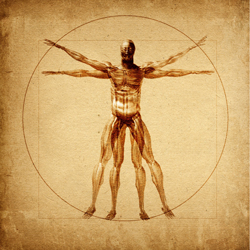Artistic inspiration from scientific phenomena
When art and science join hands, students can potentially learn about complex scientific subjects in a much more creative and stimulating way. The EU-funded project 'Immersion in the science worlds through arts' (ISWA) enabled students to use different arts to understand scientific phenomena at a professional level. The project also organised an international competition that encouraged students of EU schools to produce a complex artistic rendition on a scientific theme. Specifically, the project team focused on using modern dance, cinema, literature, imaging and contemporary art to portray complex science. It launched the competition in different EU countries, targeting high school students between the ages of 15 and 19 and reaching out to the general public. The project brought together scientists, artists, film directors, actors, musicians and specialists in different fields. Universities, research institutions, dance schools, theatres and museums were involved. The well-known European Synchrotron Radiation Facility, which hosts thousands of scientists and Nobel Prize winners, also played a part in the project. The results were nothing short of spectacular. They ranged from a stem cell ballet, titled 'On the way to immortality', to a live science experiment called 'Night in NanoPOLIS'. Several innovative short films, art exhibitions and audiovisual events tackled subjects like liquid crystals, nanotechnology, chemistry, bio-tech, astronomy, geology, cell renewal and biodiversity. Overall, the initiative was an excellent example of bridging the gap between science and society and integrating creative and emotional processes with scientific principles. The project encouraged young people, particularly students, to approach science in novel ways and to use both the rational and emotional parts of their brains. This project represents a highly successful example of public appreciation of the beauty, complexity and necessity of science. It also serves as an inspiration for young people to embark on scientific careers. The Final Event of the project was been organized in Grenoble, at the CCSTI in February 21st, 2013. The artworks of the 5 principal winners were included in an exhibition ''Pixel Palette'' held at the CCSTI from 21 February until 21 April 2103. The winners of the ISWA competition were invited to the opening of the exhibition and presented their artworks to the public. Video and photos are available at the following link:http://www.ccsti-grenoble.org/02_programme.php?code_ana=PIXEL



